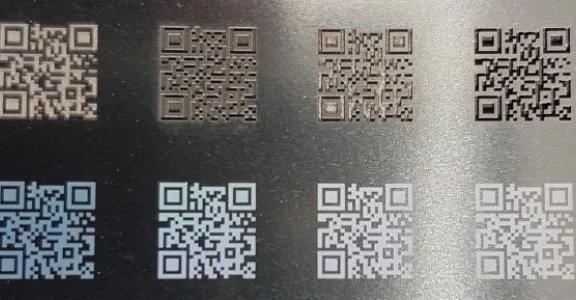The increasing demand for traceable products requires them to be given codes. However, applying these codes can compromise the properties of the material. New technologies can provide a solution here.
Digitisation has become ubiquitous. Making parts and products traceable helps with quality improvement and is often required by the customer anyway. Serial numbers, barcodes and QR codes are often applied to different materials. However, applying these codes can cause corrosion because it changes the material properties locally. This might result in oxidation or discoloration.
One interesting option is to apply the code in a way that does not change the material in the first place. Its intrinsic corrosion resistance is then retained. It just requires an adjustment to how the code is read. Coding is often applied by lasers. Thanks to the short pulses involved, new technologies such as femtosecond pulsed lasers are entering a new process regime that limits the risk of corrosion and therefore better meets the needs of these applications.
To bring you up to date with the latest surface technologies, Sirris is organising a masterclass on this theme on 23 March: 'Applying innovative surface technologies within your company'. In the course of this masterclass, we will show you what state-of-the-art laser and coating technologies can do for you. You will see applications that have been realized with partners within Sirris. You will receive a thorough explanation of what precisely this technology does so that you can judge potential applications for yourself.
#industriepartnerschap #sterkondernemen
(Image above: QR codes generated on stainless steel by means of femtosecond laser)


